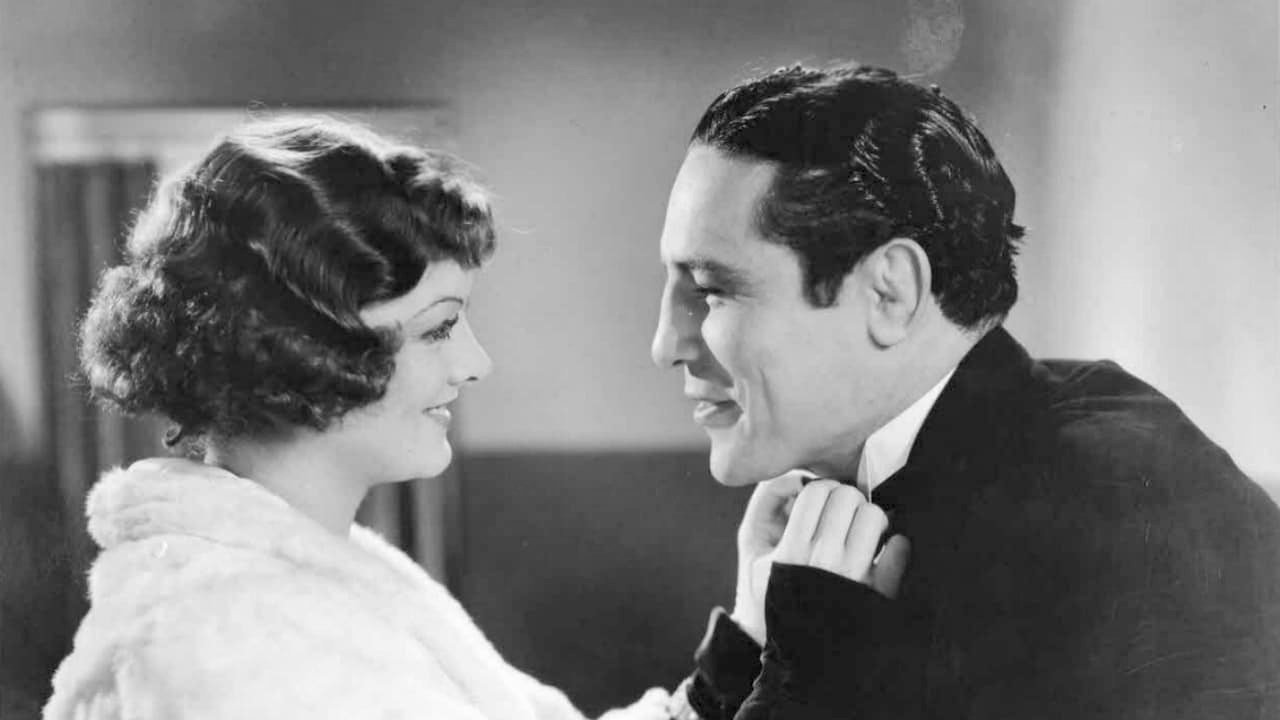JohnHowardReid
Unless you're a Myrna Loy enthusiast, or a super-keen fan versed in the history of prize fighting, the cast line-up here is not exactly over=promising. In addition to Miss Loy, we have Max Baer, Primo Carnera, and Jack Dempsey, plus Otto Kruger, Jean Howard and Jess Willard. True, there's also a bit of a soggy story to sit through – although being pre-censorship, it is more earthy than usual and we quite liked the amusing idea of a gangster referring to his somewhat elderly bodyguard as his adopted son. But the gutsy, fist-slogging, crowd-roaring climax is certainly worth waiting for! Brilliantly directed by Woodbridge Strong Van Dyke and superbly photographed by Lester White, it soon becomes very obvious that the gutsy Van Dyke is absolutely fascinated with the ritual of the prize ring and although there are plenty of boxing movies, rarely has this been presented so well. Yes, I know you're going to point out that the Robert Ryan movie also does this so well, but also in, as you surely must admit, in a totally negative fashion. In this one, Max Baer turns out to be quite a personable actor. Admittedly, Dempsey and Carnera do not come across so well, but they lend color to the picture just the same!
dougdoepke
Surprising that this film is so obscure. As a devotee of late shows, I don't recall its being played in big market LA, that is, until TMC's recent showing. What might lend this 100- minutes cachet is the presence of a generation of heavyweight champs, including the legendary Jack Dempsey. Soon-to-be-champ Max Baer does surprisingly well in the lead role, even if a neophyte. The plot, however, is shopworn, to say the least—a sports figure loses perspective as he moves up the celebrity and money ladder. Then too, it's a stretch to think any guy would slight the exotic looking Myrna Loy, as Baer's character does. But I really like that smiling cobra Otto Kruger in an unexpected turn. And catch that weird dance sequence, likely choreographed by the Green Bay Packers instead of Busby Berkeley. Except for the legendary sports names, however, the film's pretty forgettable, even if it does feature the delectable Loy.
mark.waltz
One of the oddest of the boxing films, "The Prizefighter and the Lady" has potential for something solid, but the results are decidedly mixed. Like the premise of the same year's song and dance number, "She was a Chinese Teapot (But He Was Just a Mug)" from "International House", this pairs together the rather vulgar Max Baer with the glamorous but obviously bought-and-paid-for Myrna Loy. They meet by chance, but it is obvious from start to finish that her benefactor (a dour Otto Kruger) is unwilling to let her go without a fight. Baer goes from rags to riches as a rising prizefighter, and like others before him, he is exploited in the media, practically becoming his own circus.Throughout all this are the musical numbers which tend to interrupt the more interesting dramatic action, basically stopping the film to show Myrna Loy (obviously dubbed) performing "Downstream Drifter". Then comes the big production number with "Lucky Fella", an over-the-top romp with Baer and tons of chorus girls performing a non-sensical number that is as large as anything else MGM had produced, yet seems to have no real point other than to show how the character was being exploited once he became a household name. An excellent performance by Walter Huston as Baer's alcoholic mentor and real-life champ Jack Dempsey in a cameo as himself are among the highlights, but overall, I was disappointed for something I had extra-high hopes for.I must also comment on the extremely dark photography which made the film seem rather hard in an era made before film noir where that intentionally was thrown in to heighten the mood. Here, it is distracting, particularly during the unnecessary extended musical numbers.
Karen Green (klg19)
Max Baer, Myrna Loy, and Otto Kruger deliver worthy performances in this curiosity of a film. Clearly it was made and distributed "pre-Code," as Myrna Loy's character displays a certain...moral laxity that would not have gone unpunished a few years later. Kruger's tough guy is also unusually nuanced for a gangster of this period.But the real surprise--and delight--is Baer. He acts, he sings, he dances, and he does it all as convincingly as he fights in the climactic bout. In that bout he takes on then heavyweight champ Primo Carnera. I found myself on the edge of my seat as I waited to see which of these two renowned boxers would be the one to post an on-screen loss. The resulting decision is best explained by this entry in the American Film Institute Catalog: "Professional heavyweight boxer Max Baer made his screen debut in the film. At the time of the film's production, Primo Carnera, who also made his screen debut in the picture, was the world's heavyweight boxing champion. Baer was considered the main contender for Carnera's crown, and in 1934, he defeated Carnera for the title. Variety notes that Carnera refused to be knocked out at the end of the film and agreed to the draw decision in the script only after the studio added an extra $10,000 to his $35,000 salary. Hollywood Reporter notes that Baer was 'mutilated' for the first time in his two-year boxing career when he had two teeth knocked out during a staged fight. According to the modern interview with Myrna Loy, Baer studied Carnera's boxing techniques during the filming and later used this 'scouting' information to beat Carnera. In March 1934, Daily Variety announced that the picture had been banned in Germany because Baer was Jewish." That last line is quite the kicker, isn't it? All in all, this is a film that's worth giving time to.


 AD
AD
